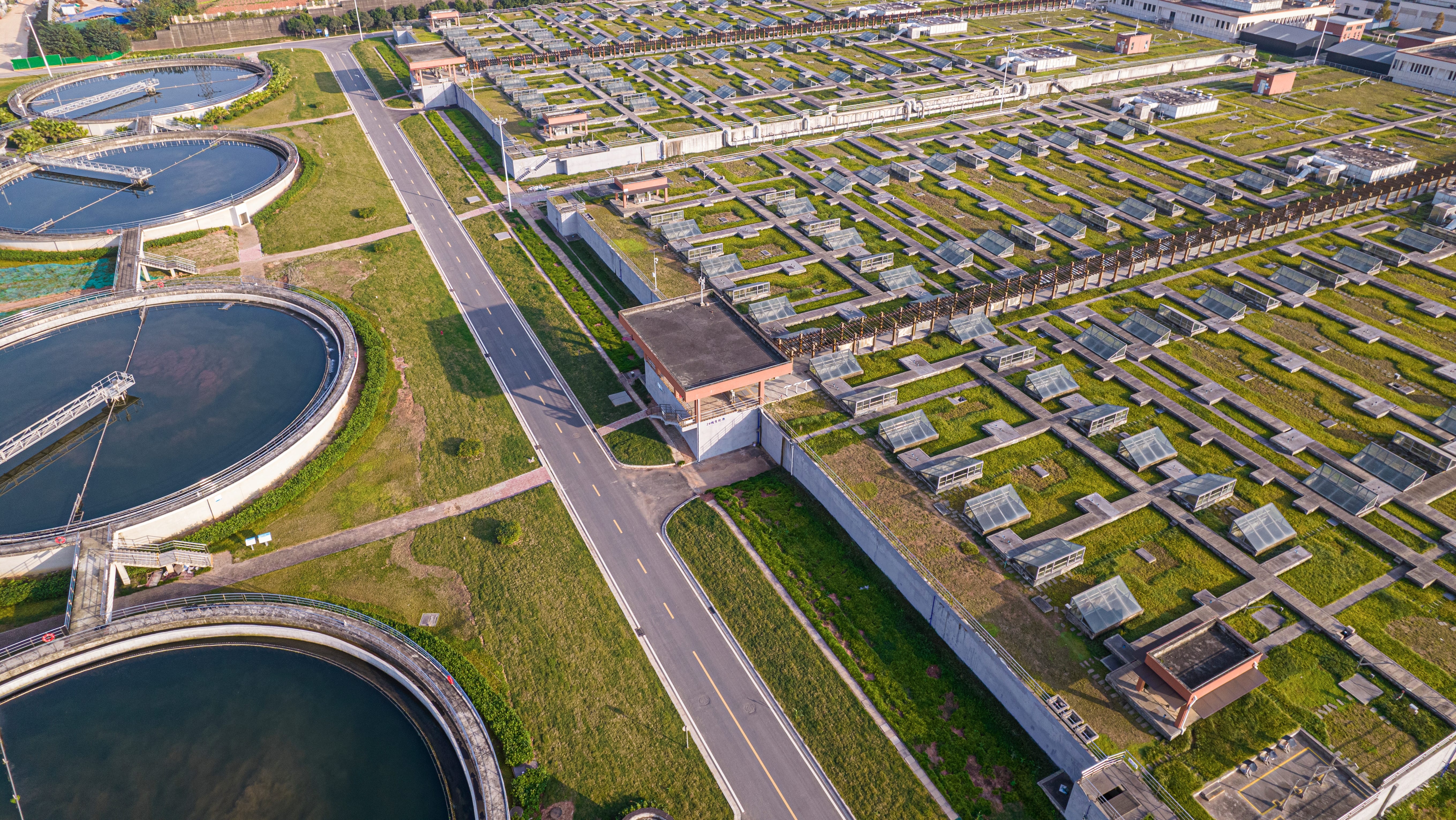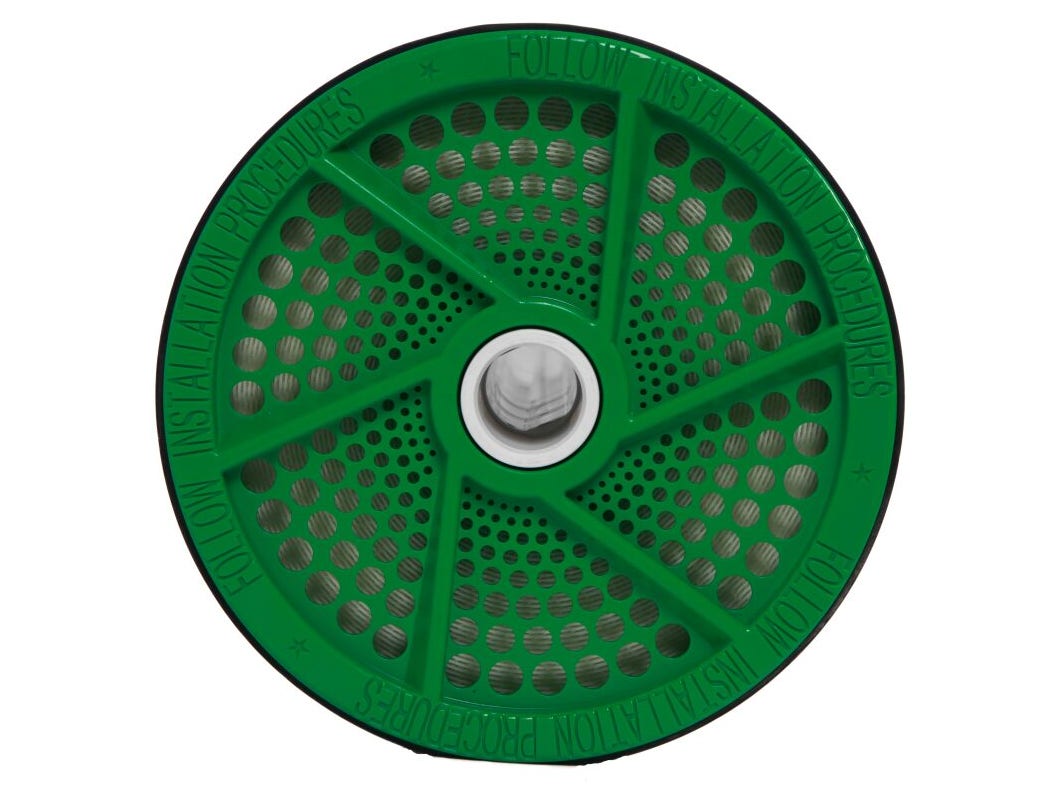
Tertiary Wastewater
Obtaining drinking water directly from tertiary wastewater, also known as advanced treated wastewater or reclaimed water, is not (yet) a common practice due to the potential risks and cultural skepticism associated with it. Tertiary wastewater treatment is an advanced treatment process that goes beyond primary and secondary treatments to further remove contaminants and improve the effluent's quality.
Many countries and regions have established regulations and guidelines for use of reclaimed water in order to ensure public health and environmental protection. Currently, the idea of drinking water from reclaimed sources may be met with resistance or concern from the public, even if water has undergone extensive treatment.
However, in some cases, tertiary-treated wastewater may undergo additional treatment and blending with other water sources before being introduced into the drinking water distribution system. This process is known as indirect potable reuse and is carefully regulated to meet strict water quality standards. While direct drinking water reuse from tertiary wastewater is not common, the concept of water reuse is gaining traction as a sustainable approach to water management. Utilizing treated wastewater for non-potable applications is already discussed by experts, as it can help conserve freshwater resources and reduce the overall demand on drinking water supplies in the future.



